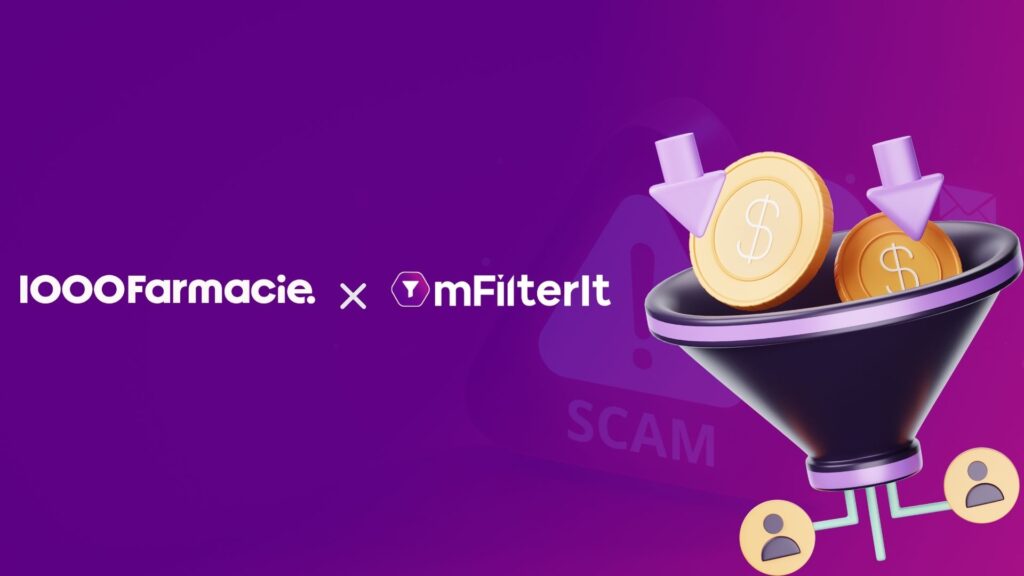“Know how these Harry Potter characters are doing now? The 3rd one is a shocking revelation!”
These headlines are very difficult to resist and where it leads to is another surprise. Often these websites are like a carnival of ads covering every possible space. From flashy ads to pop-up ads, there is an ad at every step of your click.
And what about the Harry Potter characters? Well, you will find out only after you make dozens of clicks and pass through multiple pop-up ads.
And these digital carnival spaces also have a name.
These are called “Made for advertising” websites. According to a recent study by ANA, 21% of the impressions come from the MFA websites. This means that an average of 15% of the ad spends are wasted due to these clickbait websites.
Know in detail the impact of MFA websites on the advertiser’s campaign and how advertisers can take the right action to reduce the wastage of ad spend and ensure brand suitability.
Table of Contents
ToggleWhat are Made for Advertising Websites?
Made-for advertising websites are smartly concealed modes for ad arbitrage. These websites as the name suggests are created to show ads. Not one or two but many. The purpose of these websites is to generate traffic to their websites, leveraging search engines and social media platforms at a low cost.
These websites are often overloaded with filler and irrelevant content, clickbait headlines, multiple interlinked websites and multi-page articles. This increases the chances of showing display and video ads that can attract more eyes.
What do Advertisers think?
They are getting a high volume of traffic.
The Reality is,
The sole purpose of the MFA websites is to bring maximum numbers of ad impressions. However, the truth is not as shiny as it looks.
The content and user experience on these websites are way lower than what an advertiser can expect for an ad placement. Users are navigated to non-relatable ads, providing a confusing user experience and in the majority of cases they are also directed to false navigation buttons, to increase page views per session.
Some MFA sites also deploy fraudulent techniques like pixel stuffing or ad stacking which enables to loading of ads multiple times delivering maximum views. The thin line of reality of this is it is not seen by the human eye.
The Attractive Bait
Made-for-advertising websites are an attractive deal for advertisers.
Reason?
They deliver greater than-average results. According to Ebiquity, the MFA websites deliver a viewability rate of 77% which is way above the media benchmark of 63% as stated by the World Federation of Advertisers.
Another selling point for the MFA websites is they have 30-40% lower CPM than other websites.
However, the irony is these benefits are a matter of loss for the advertisers. Even though the viewability will be above average, the low-intent clicks will not bring returns. Instead, it is simply a waste of money.
Why should Advertisers need to take action against MFA websites?
Technically, MFA websites are real websites indexed on search engines. So why should advertisers care if their ads are placed on these websites?
Well, every shiny thing is not a diamond.
Similarly, these MFA websites might bring a high volume of impressions and show ads to real people but it will not create any brand awareness or bring performance that an advertiser is expecting from an ad placement.
What are the risks associated with advertising on MFA websites?
Made for advertising is technically not ad fraud, but its impact on a brand is no less than that. If your advertisement is showing up on a made-for-advertising website, then it can have the following impact:
- Low-quality ad placements: MFA websites are overloaded with ads than content on any of its given pages, which reduces the impact of an ad placement. As a result, an advertiser is paying for a placement that has no engagement.
- Spike in invalid traffic: Advertisers need to keep a check on the quality of traffic diverting to their website from digital ads. If there is an unusual spike in the traffic but it has a high bounce rate or no end action, then this share of traffic might be attributed to these MFA websites.
- Damaged brand reputation: MFA websites often use clickbait headlines, emotion-driven stories, fake news, objectionable photos, and other illicit content that advertisers object to being associated with. Appearing beside this content hampers the brand image and leads to a loss of customer trust.
- Low conversion rate, Poor ROI: Advertising on MFA websites means that your advertising budgets are getting spent on bot clicks. A focused analysis of the funnel performance will help to get transparency of the real quality of ad traffic.
How can Advertisers dodge MFA websites during media planning?
Stopping MFA websites can be inevitable, but taking the right prevention method will enable advertisers to curb its impact. There are a lot of blame games and finger-pointing happening in the industry about who is accountable for this problem.
The SSPs (supply-side platforms) have set policies to forbid publishers from employing MFA site tactics. However, these regulations are not enough to vet the efficacy of the placements in a programmatic setup.
Apart from looking at the SSPs and DSPs, advertisers can take the responsibility into their own hands by doing simple maths. If you think that with low CPM, generating a huge number of impressions with little to no action as a result. Or you can spend the same amount and get few impressions but better performance and action from quality traffic.
How Advertisers can Maximize their Safety Net?
The goal of an MFA website is to make money. Whether it is by showing numerous ads on a single screen, ad inventory that auto-refreshes adding at an abnormal frequency, or numerous links redirecting to further web pages, in some cases unsafe web pages.
To avoid being placed on these websites, advertisers need to work with trusted tech partners like mFilterIt. With the transparency of where the ads appear, brands can adhere to the brand safety protocols and ensure their ads are not associated with unsafe or non-contextual content.
Way Forward
A brand must be aware of where its ads appear to safeguard its brand image. The more transparency there is in the media planning, the greater the value a brand can leverage. Appearing in the right places will effectively increase traffic and reduce digital advertising waste.
With the right technology and awareness, advertisers can avoid the consequences of MFA websites and have more control over where the ads are appearing.
To know more, get in touch with our experts today!









